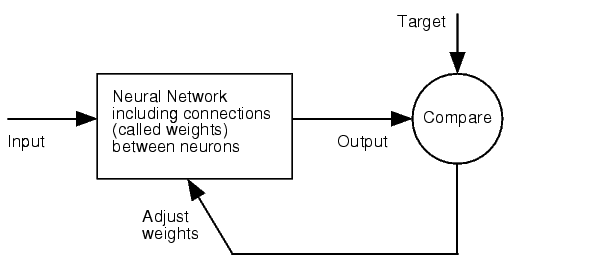Team:Heidelberg/Modeling
From 2010.igem.org
(Difference between revisions)
(→Neural Network theory) |
|||
| Line 51: | Line 51: | ||
|} | |} | ||
| - | === | + | ===miRockdown on miBEAT=== |
==Tissue specific miRNAs== | ==Tissue specific miRNAs== | ||
Revision as of 13:39, 25 October 2010

 "
"



